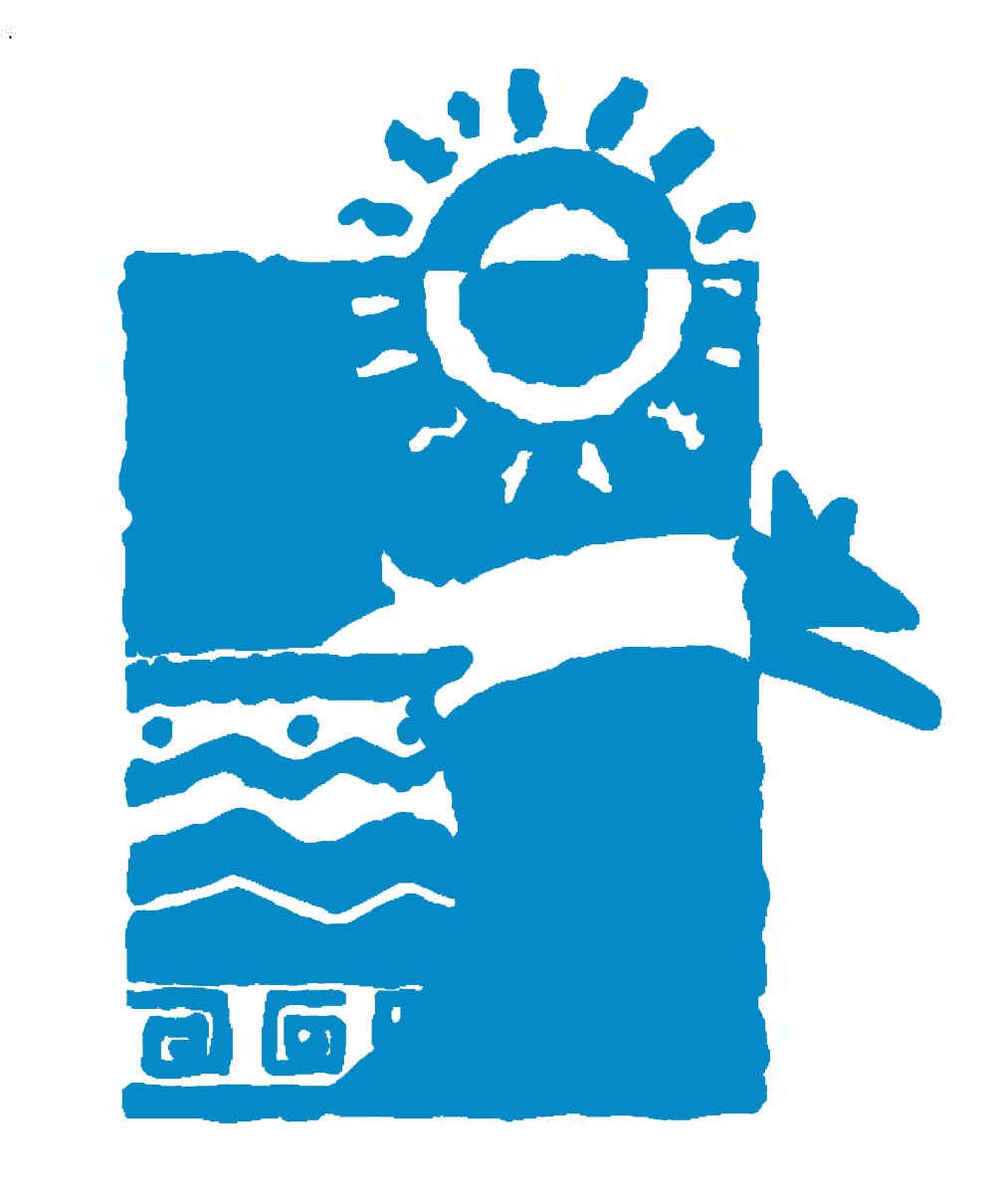[Source: Margaret Bohannan, May 2010] – It was a rare privilege to watch as Number 133 was released into the wild above the Vermilion Cliffs, a spectacular valley on the way to the North Rim. As she soared away effortlessly on the thermals we were awed and thrilled. She is part of an exciting program aimed at saving and reintroducing California condors into Arizona.
Her story is bittersweet. She was one of the very first condors returned to the wild in the Grand Canyon area in the ‘sixties. She was free for years, but then she came down with lead poisoning, the result of eating carrion killed with lead bullets. She had to be recaptured and treated to save her life. She recovered, though she was close to death, thanks to expert veterinary care and the oversight of the Peregrine Fund, in particular Chris Parrish and his team.
Number 133’s release was the highpoint of a two-day trip to the Vermilion Cliffs for some seven of us in late April. The Arizona Heritage Alliance had organized this foray into one of the most magical areas of the state. We arrived at the Lee’s Ferry Lodge, across the bridge from Lee’s Ferry, to be welcome by our hostess, lodge owner Maggie Sacher. On our way over the bridge, my husband and I stopped and walked back across the abandoned bridge alongside the new one, to see if there were any condors around, and sure enough two of them were taking advantage of the thermals.
Next morning we were treated to an in-depth briefing on the condors’ history and reintroduction by Chris Parrish, who is in charge of the Peregrine Fund’s Grand Canyon program. Tremendous effort and money has been deployed and the results are encouraging. Between California and Arizona, there are now about 180 condors in the wild, with captive breeding programs in three states, for a total of 349 existing birds. Chicks have been hatched in the wild and are doing well, thanks to the vigilance of Chris and his team.
Chris gave us an in-depth overview of the program, its biggest threat being the lead used in bullets that kill deer and elk. The Arizona Game & Fish Department has launched a campaign to persuade hunters to use copper bullets, and to remove the gut piles from their kills. Now there has been about 80% compliance – all voluntary. However it is the 20% of noncompliance that poses a threat to the condors. As a result each bird is recaptured about twice a year and tested for lead poisoning. If found, they are treated either on-site at the Vermilion Cliffs or at treatment centers.
It was after our briefing that we drove to the base of the Vermilion Cliffs to watch Number 133 returned to the wild. On the way back to the Lodge, Chris took us on a side trip to view the Brady’s pincushion cactus. There nestled in the chalk shale, just above a chasm by the Colorado, we found them. One really had to study the ground to spot them. They are found nowhere else in the world.
Around supper that evening, one of the Condor team turned up, and just happened to mention that there were 12 condors at the bridge. Suddenly the table was empty and our party had hightailed it to the bridge!
The next morning Maggie Sacher treated us to a tour of her facility, including her own kiva (not made of plastic!). She has had the foresight to offer a home and a base on her property to the condor team. In her little museum, she told the story of the churro sheep, which supplied the Indians of the area with a livelihood for centuries. At one point in the early ‘20’s our benighted government decided that, as churro wool could not be processed by the gins, they should be replaced with merino sheep. Another suspected reason was that the sheep were eating the cattle’s’ forage. Government agents slaughtered them in their tens of thousands, leaving the Indians destitute and starving, the carcasses left to rot. The merino sheep the government eventually gave the Indians didn’t have desert-country savvy and have to be watched all the time, whereas the churro sheep, akin to bighorn sheep, could take care of themselves. Thus passed away an era and a tradition. But the story doesn’t end there.
A few years ago some archeologists were exploring a remote area of the reservation when they came upon a small herd of churro in a hidden canyon. They were gathered up and used for breeding. There are now about 2,000 of them in existence, and a gin has been found in Texas to process the wool, which when woven into blankets is water-resistant. (Pendleton markets them.)
